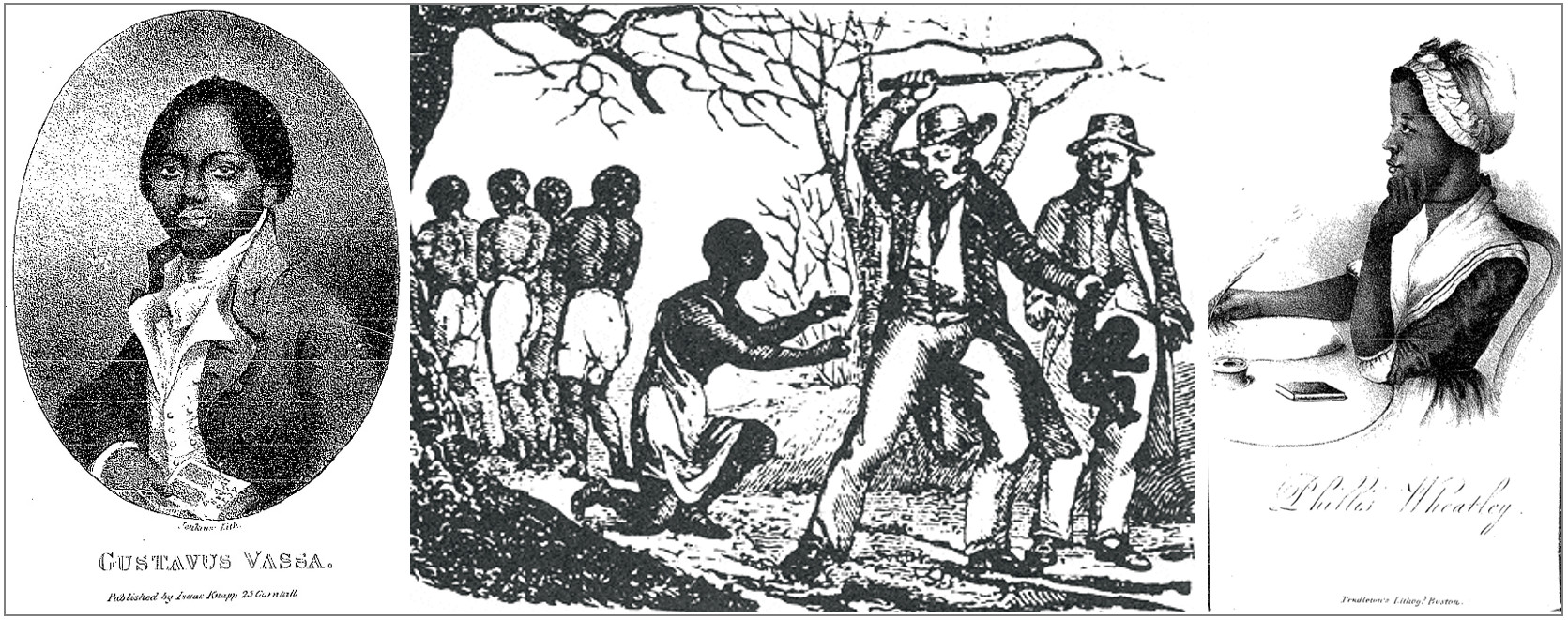│By Ellen Boucher, Gale Ambassador at the University of Bristol│
A source often overlooked in the study of the transatlantic trade in enslaved Africans is slave narratives. They are crucial to the work of decolonising the history of slavery because they allow us to remove the emphasis on those in power and give agency to enslaved persons. Gale’s Archives Unbound gives us access to many of these slave narratives, from the well-known stories of Olaudah Equiano and Harriet Jacobs to less well-known narratives of Martha Griffith Browne and Noah Davis.
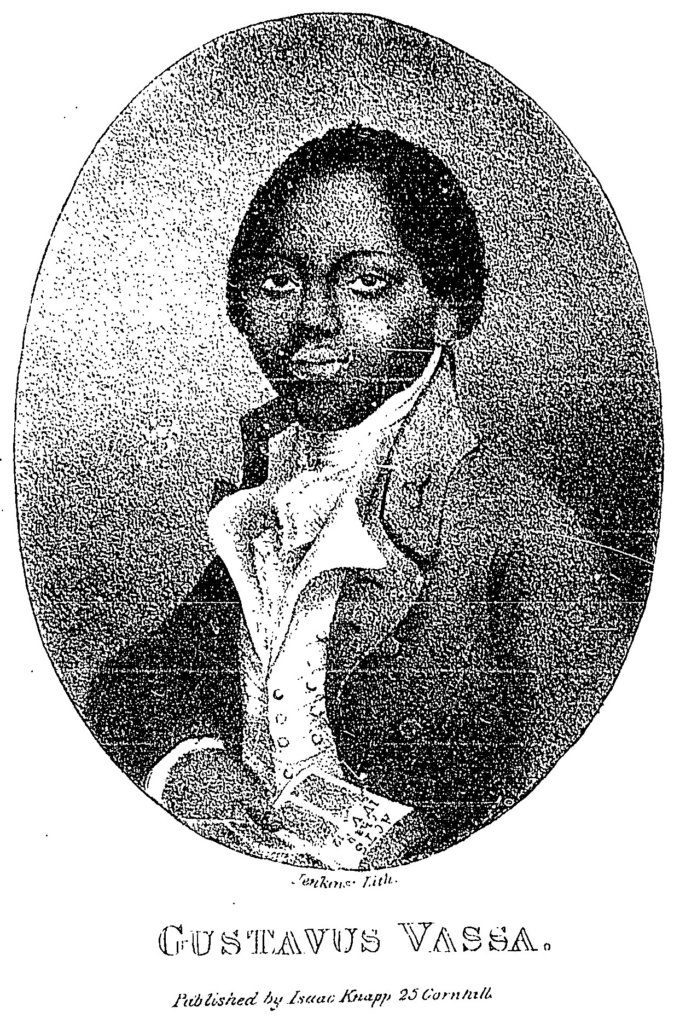
The life of Olaudah Equiano, or, Gustavus Vassa, the African. I. Knapp, 1837. Archives Unbound, https://link.gale.com/apps/doc/O0100011020/GDSC?u=univbri&sid=bookmark-GDSC&xid=013f7aa9&pg=1
The Archives Unbound collection: Introduction to U.S History: Slavery in America
The narratives of enslaved people are easy to locate in Gale’s archives, where they have been grouped together in one place. The subject categories within Archives Unbound allowed me to find the Introduction to U.S. History: Slavery in America, in American Studies, where I used the bibliographies of the contextual essays to find narratives written or told by enslaved persons. It is important that slavery is represented in this way, to give the voice back to those it impacted most, rather than the white masters who benefitted heavily from slavery.
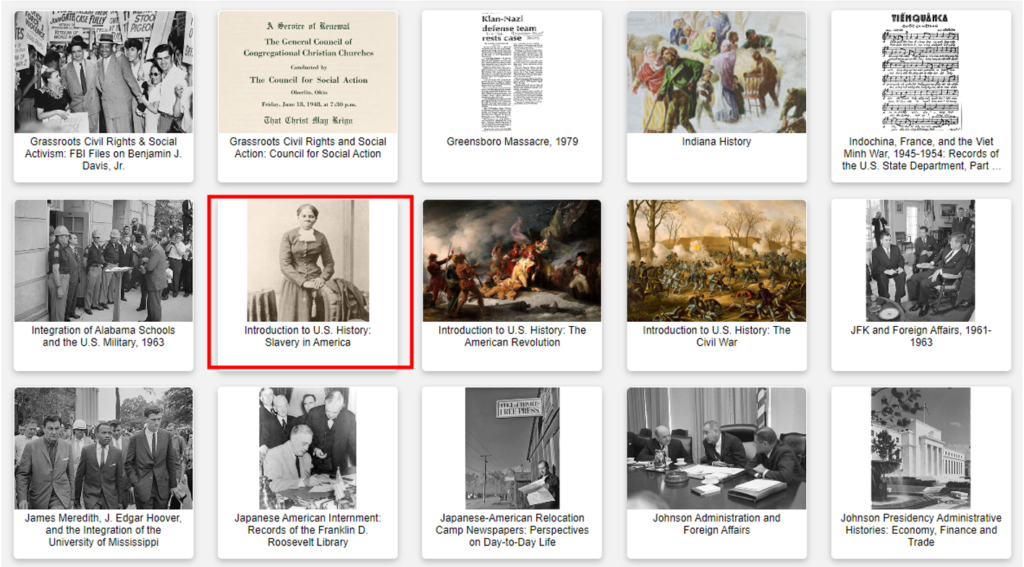
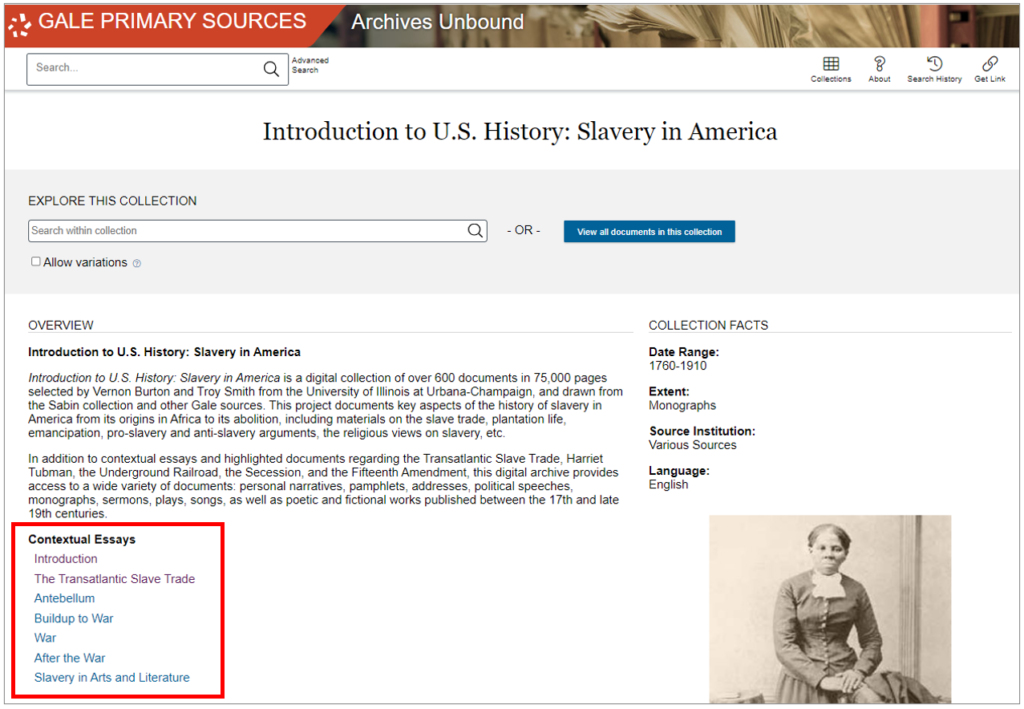
The True Brutality of Slavery
One way we can use these narratives is to change the story about slavery. They show us the extent of the brutality towards enslaved persons, which would have been glossed over by their masters. In the Narrative of the Life of James Watkins, the brutality of the masters is clear. Watkins talks about being whipped as a young boy ‘on my bare back till the blood ran down my heels.’ He also discusses the horrific sexual abuses that occurred between enslaved persons and their masters; Watkins’ father was the overseer on the plantation where he was born and ‘has often punished me [Watkins] very severely, never recognising me as his son.’ This description of brutality, along with others from other enslaved narratives, has helped to challenge the portrayal of the ‘sunny south’ that plantation owners and slave traders attempted to push.
Recognition of Relationships and a Sense of Community
To suggest that slave narratives only show us the brutality of slave owners, however, is to deny how rich a source they are, how expressive and complex, and how diverse and varied the lives of these individuals were too. These narratives present us with a unique opportunity to explore enslaved communities outside of and despite the influence of their white masters. For example, in Charles Ball’s Fifty Years in Chains (below) he discusses his marriage to another enslaved person named Judah, subverting the western tradition of marriage that was typically denied to enslaved persons.
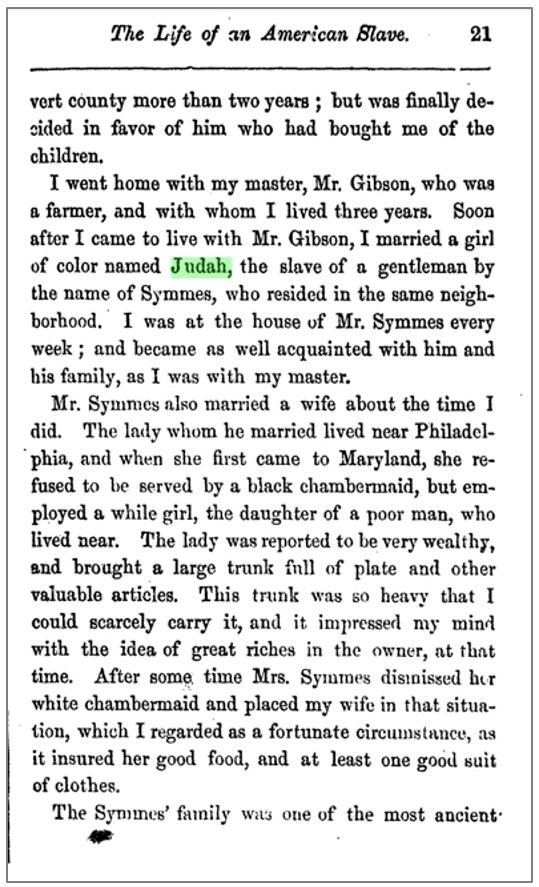
Pursuit of Education – Disproving Depictions of Passivity
Similarly, efforts to educate themselves seen in these slave narratives highlight a desire for autonomy amongst the enslaved, disproving Stanley Elkins’ suggestion in Slavery: A Problem in American Institutional and Intellectual Life (1976) that enslaved persons were controlled to the point that they reached an infantilised state of passive acceptance of their situation.1 In contrast, The Life of John Thompson, a fugitive slave outlines Thompson’s active effort to learn to read and write behind his master’s back. This form of resistance highlights the complex existence of life on a plantation and how enslaved persons pushed back against authority to form their own education and gain more autonomy.
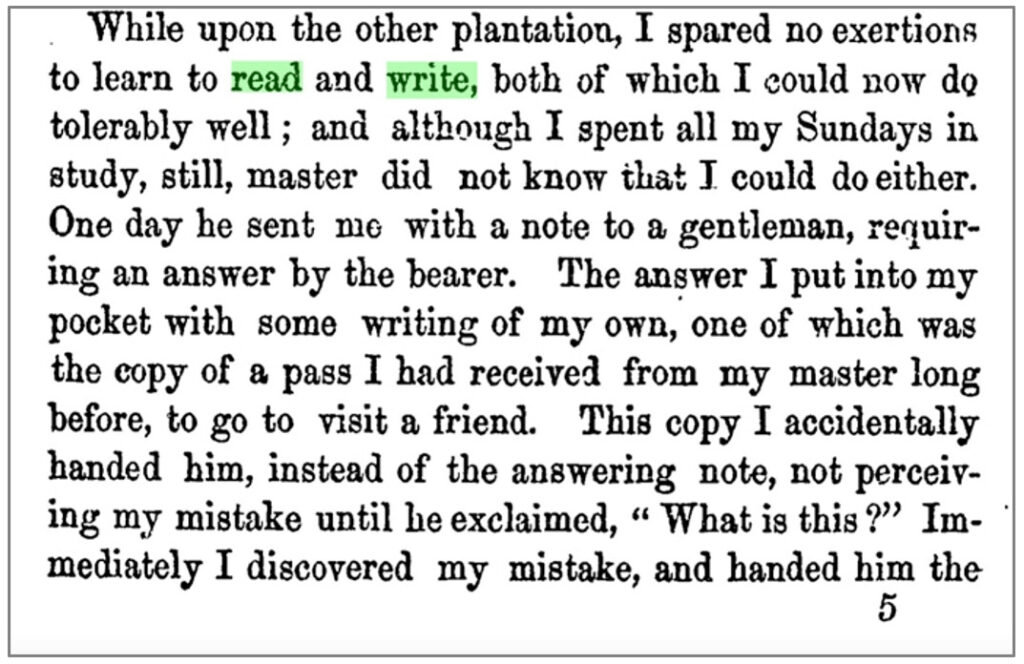
Resistance to Slavery
The slave narratives available in Archives Unbound also highlight the agency that should be afforded to enslaved persons by demonstrating more active forms of resistance, such as fleeing enslavement and in insurrection. Many of the narratives available detail escape or attempted escape. Perhaps the most famous of these is The Confession, Trial and Execution of Nat Turner, which details one of the most severe cases of escape and agency by enslaved persons. The text also details a desire to read and write. From this we can see that enslaved persons were not just passive victims of enslavement. The latter representation is paternalistic in its simplicity, and ignores the widespread active resistance carried out by enslaved persons.
Lesser-Known Examples of Slave Narratives
Archives Unbound also gives us access to less well-known examples of fugitivity. The Narrative of Henry Watson (1848) outlines his elaborate plan to escape enslavement and the fear associated with something which risked his life. However, his courage and desire to resist won out: ‘the thought of freedom – delicious freedom – came rushing over me, and filled my soul with pleasure, and I determined to persevere.’ This represents the determination present in many slave narratives and a desire to succeed despite the worst oppressions of enslavement, providing a representation of slavery that foregrounds the incredible feats of enslaved persons who continued to resist despite the risk.
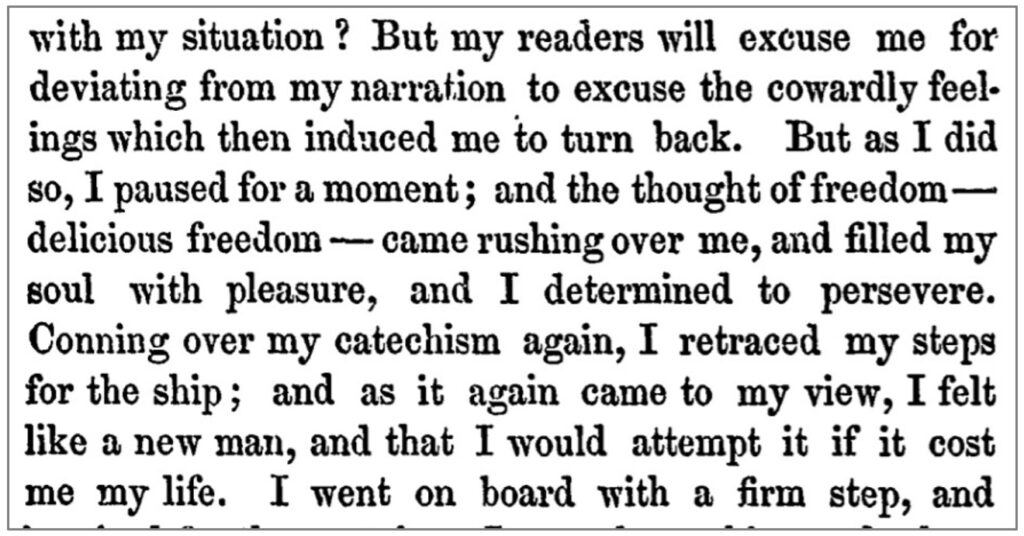
Limitations of Slave Narratives as Sources
Slave narratives in the Gale archives highlight resistance and agency as well as brutality from white slaveowners. However, there are limitations to the use of slave narratives as a source. Being published for a largely white audience, it is important to recognise the colonial context surrounding these narratives. In addition, many of the narratives, such as that of Phillis Wheatley and Nat Turner, were actually written or interpreted by a white amanuensis (a person employed to write what another dictates), which sometimes involved heavy influence on the narrative to make it digestible and palatable for a white audience shielded from the worst brutalities of slavery. The fact that the enslaved persons in these narratives lacked an independent voice is suggested because they all follow a very similar chronological structure, suggesting enslaved persons did not have a choice in how they told their stories, because it is unlikely they would have all chosen to structure their work in such a similar way.
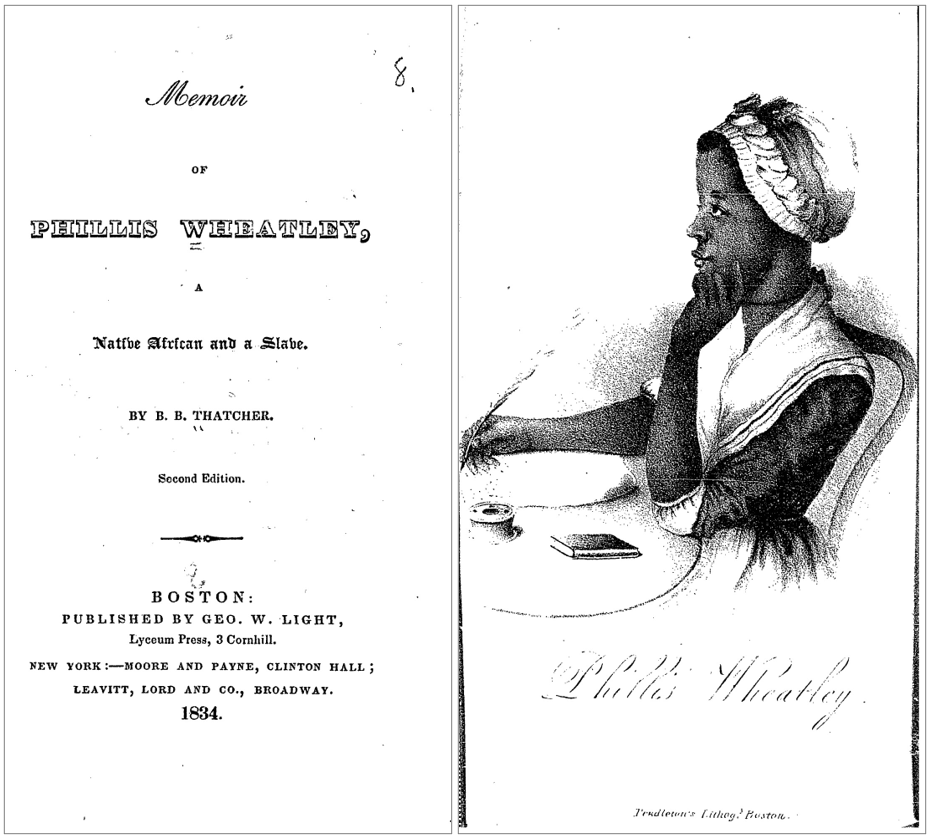
Thatcher, Benjamin Bussey. Memoir of Phillis Wheatley: a native African and a slave. 2nd ed., W. Light, 1834. Archives Unbound, https://link.gale.com/apps/doc/O0100003110/GDSC?u=univbri&sid=bookmark-GDSC&xid=a9c4e488&pg=2
The True Extent of Slave Agency
The fact that Archives Unbound is grouped into subject categories made finding narratives by enslaved persons very easy. The accompanying contextual essays provide further historiographical information and are of great use to students. The wide range of enslaved narratives available through the archive allow (to some degree) a representation of slavery outside of that defined by white authority. This allows a richer, more accurate depiction of slave communities, as well as the agency of people enslaved in this way, and their resistance to the oppressive regime.
If you are interested in reading more about the representation of slavery in Gale Primary Sources, check out:
- Exploring perceptions of Liverpool’s International Slavery Museum
- The Rise and Fall of Chinese Indentured Labour
- Indentured Indian Workers and Anti-Colonial Resistance in the British Empire
- A Triumph for Humanity: William Wilberforce and the Team that ‘Bowled Out Slavery’
- Finding Black Female Authors in the Women’s Studies Archive
- Using Gale Digital Scholar Lab in the Classroom
- Newspaper reports on the bicentenary of the abolition of the slave trade
For more on how students can use Gale to aid our efforts in decolonising representations, check out ‘Unearthing and Decolonising the Rasta Voice.’
Blog post cover image citation: Montage created from images in this post, combined with Berkley ‘Slavery in the Southern United States’ https://www.ocf.berkeley.edu/~arihuang/academic/abg/slavery/history.html available on Wikimedia commons https://commons.wikimedia.org/wiki/File:Slavery.1.gif

